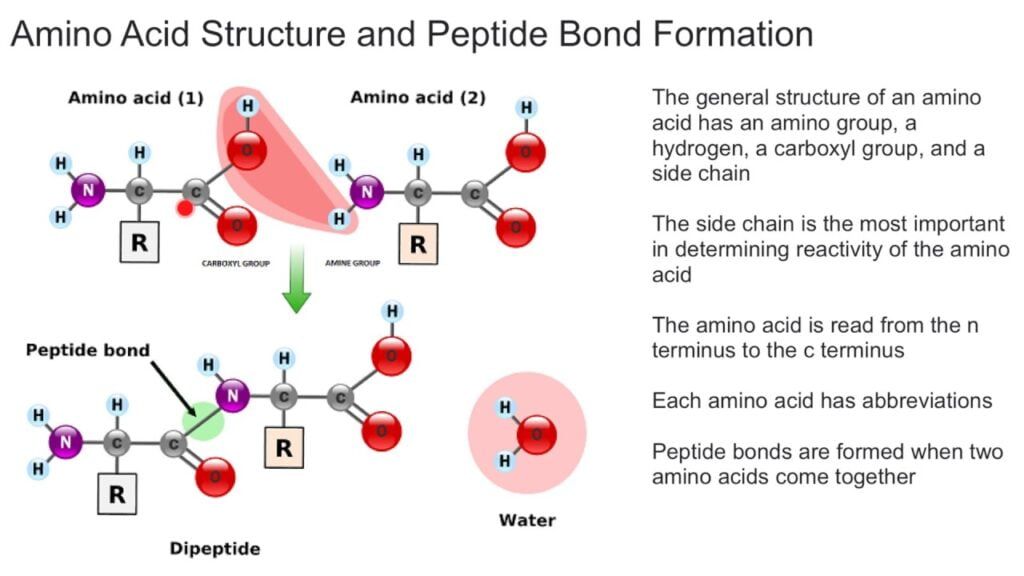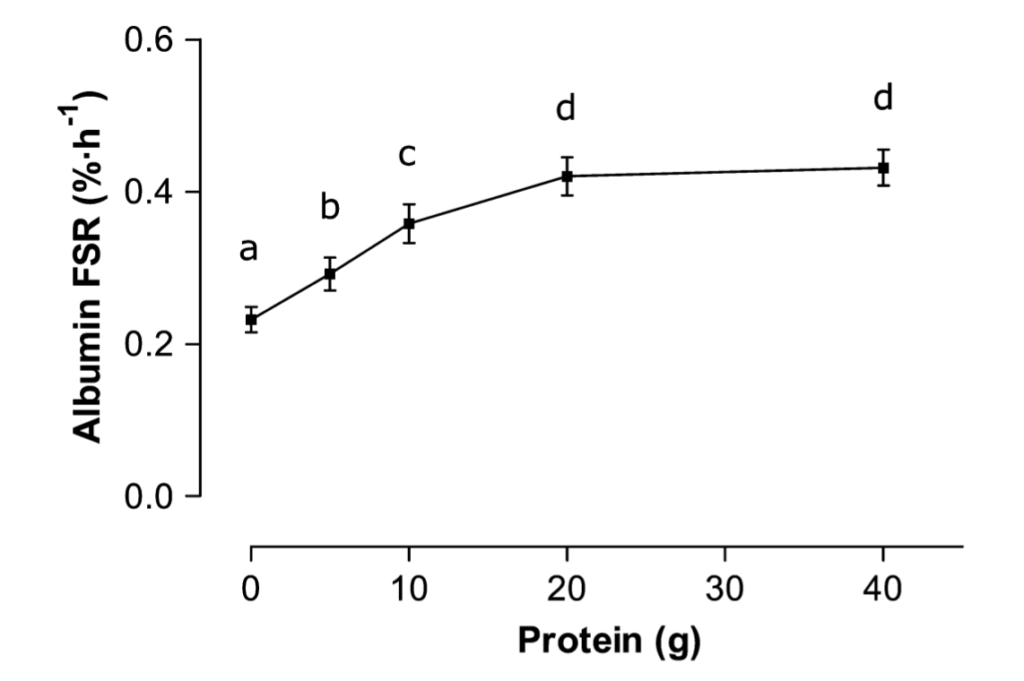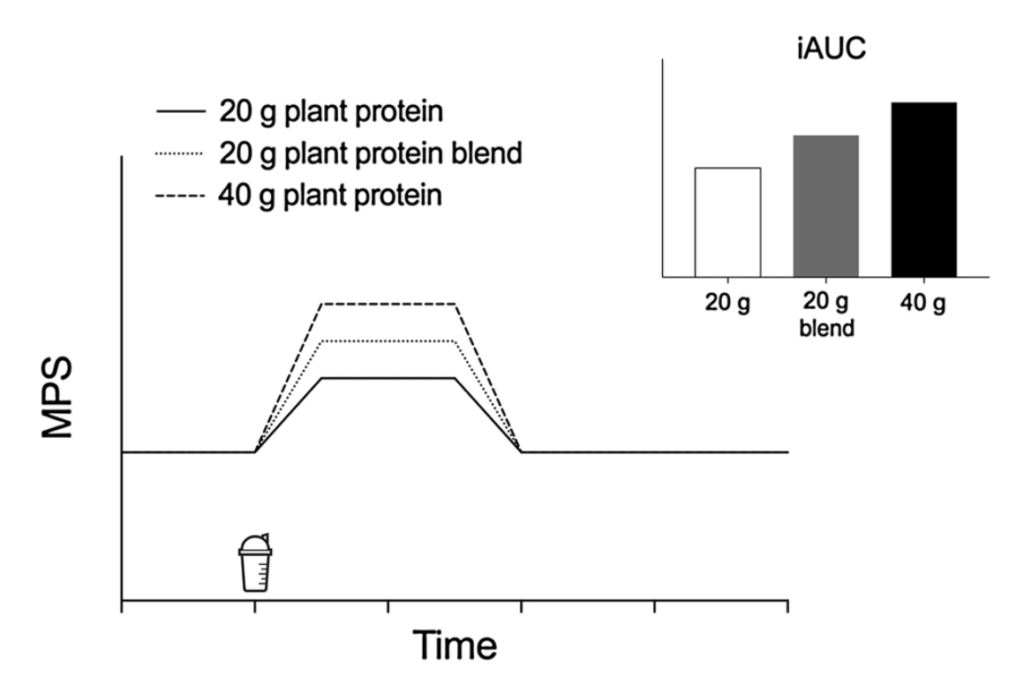
YOUR FITNESS BLOG
Protein Intake - How Much? What Type? What Time?
Introduction
Protein is one of the three macronutrients (large nutrients), the others being fats and carbohydrates. Originating from the Greek “proteios,” meaning primary or prime, protein is a fundamental component of human and animal tissue [7]. A protein is made up of amino acids (AA) linked together via peptide bonds [7]. Protein are built from various amounts of different amino acids, which are classified into “essential” or “non-essential” amino acids [3]. Non-essential amino acids can synthesised by the body, however essential amino acids cannot and must acquired through diet [3].

Dietary protein serves multiple important functions. They are the major structural component of all cells in the body (including skeletal muscle, bone, skin, hair) and used for the repair, growth, and maintenance of cells and tissue [3]. Proteins function as enzymes that power chemical reactions, and act as transport carriers and hormones [15]. Amino acids supplied by dietary protein also serve as precursors for nucleic acids (information-carrying molecules of cells), hormones, vitamins, and other molecules in addition to providing an energy source, supplying approximately 4 calories per gram, about the same as supplied by dietary carbohydrates [3, 15].
This article will discuss the role of dietary protein in the context of muscle development and look at the current evidence to understand the optimal amount, type, and timing of protein intake to maximise muscle growth at rest and around workouts.
Muscle Protein Synthesis
Skeletal muscle is a highly adaptive organ where muscle tissue is constantly turning over, meaning it constantly breaks down and remodels to replace damaged proteins with new proteins [13]. Research into muscle protein turnover reveals that human muscle is dictated by daily changes in rates of muscle protein synthesis (MPS) (i.e. building of new muscle proteins) and muscle protein breakdown (MPB) (i.e. breaking down of old muscle proteins) [13]. The net balance between muscle protein breakdown and muscle protein synthesis ultimately determines whether muscle is grown or lost [13]. In the rested, fasted, or post-exercise state, muscle protein breakdown occurs to a larger extent than synthesis, therefore muscle is in a state of negative protein balance and suboptimal for muscle growth [13]. However, when dietary protein is consumed following exercise, there is a marked increase in muscle protein synthesis, transitioning muscle into a state of positive net protein balance [13].
A single session of resistance exercise has been shown to increase muscle protein synthesis. However, muscle protein balance following resistance exercise will remain negative in the absence of food intake. Protein ingestion following resistance exercise is found to significantly increase muscle protein synthesis [2, 4, 6, 8, 9, 10, 11, 12]. Areta and colleagues (2014) showed that 15 and 30 grams of protein following a bout of resistance exercise increased muscle protein synthesis 16% and 34% above pre-exercise, resting levels. As the summation of muscle protein synthesis over time results in muscle development (hypertrophy), the strategy of consuming protein when performing resistance exercise is widely used to increase muscle growth [6].
How Much Protein?
When quantifying the amount of protein to ingest to maximise muscle protein synthesis, research demonstrates a possible dose-response relationship between dietary protein and muscle protein synthesis [9, 10, 17]. Moore and colleagues (2009) were one of the first to identify this dose-response relationship following resistance exercise [10]. In their study, the authors tested 0, 5, 10, 20, or 40 grams of egg protein following a lower body resistance workout [10]. Muscle protein synthesis showed a dose-dependent response from 0 to 20 grams, whereby each subsequent protein amount yielded greater MPS response [10]. However, when doubling protein ingestion from 20 to 40 grams of protein, the authors found only a non-significant 10% increase in MPS [10]. The conclusion from this data was that protein intake of about 20 grams is sufficient to maximise MPS following resistance exercise. These findings were supported by Witard et al (2013), who similarly found that 20 grams of whey protein following lower body resistance exercise (8 × 10 leg presses and leg extensions) maximised MPS following both resistance exercise and at rest, with an additional 10% benefit from increasing to 40 grams of protein [17].

When performing full-body resistance exercise (i.e. upper and lower body), a more significant benefit has been found when consuming 40 grams of protein compared with 20 grams [9]. Macnaughton and colleagues (2016) performed a study where they randomised resistance trained men to receive either 20 grams of protein following total body resistance exercise or 40 grams of protein following training [9]. The authors found that myofibrillar fractional synthetic rate (a marker of muscle protein synthesis), was 20% greater when consuming 40 grams of protein following exercise compared with 20 grams of protein [9]. The authors suggested that the larger number of muscle activation from total body training may result in a greater demand for protein intake compared with less muscle activation (i.e. lower body training only) [9]. When taking the weight of the evidence together, the consumption of 20 grams of protein at rest and following exercise appears to maximise muscle protein synthesis, while 40 grams appears to provides an addition 10-20% benefit.
What Type of Protein?
When comparing animal-based to plant-based protein sources for muscle development, research reveals that animal-based protein prove more efficient for stimulating muscle protein synthesis compared with plant-based [11, 16].
Wilkinsion and colleagues (2007) showed that milk-based proteins led to greater stimulation of muscle protein synthesis compared with soy-based protein following resistance exercise [16]. In their study, subjects performed a leg workout (i,e. leg press, hamstring curl, and knee extension), completing 4 sets of 10 repetitions of each exercises [16]. Subjects then ingested either a 500 millilitre drink of either non-fat milk or a calorie-matched soy-beverage [16]. The authors found 34% greater rates of muscle protein synthesis in the the 3 hours following exercise when milk-protein was consumed compared with soy-protein [16]. A study by Tang and colleagues (1985) showed similar findings when they fed either whey, casein, or soy protein to subjects following lower body resistance exercise [11]. In their study, muscle protein synthesis was 31% higher when whey protein was consumed post-workout compared with soy protein [11].
The inferior muscle protein synthetic response of plant-based protein compared with animal-based may be attributed to its lower total essential amino acid content (i.e. lysine, methionine) and lower content of specific, highly potent, muscle stimulating amino acids like leucine [14]. Also, it is suggested that, compared with animal-based proteins, plant-based proteins may have lower digestibility and absorbability, which would diminish the amino acids available in the body for protein synthesis [14]. Finally, it has been reported that plant-based proteins convert more quickly into urea (a waste product and main component of human urine) compared with animal-based proteins, which would decrease the potential for plant-based protein sources to stimulate muscle protein synthesis [14].
Interestingly, research demonstrates that increasing the amount of plant-based protein may be effective for compensating for its lower anabolic properties [4, 8]. A few studies have shown similar increases in muscle between plant and animal-based proteins when plant-based protein amount was increased above 30 grams [4, 8]. For example, Brown and colleagues (2013) found that 33 grams of soy protein produced similar improvements in muscle mass compared with whey protein following prolonged (9 weeks) or resistance exercise [4]. Also, research reveals that plant-based blends of protein (i.e. soy, hemp, pea), may be more advantageous for stimulating muscle protein synthesis compared with a single-based plant source (i.e. pea) because, when combined, blends provide a more complete essential amino acid profile [4].

Best Time for Protein?
Timing protein intake is a strategy along with dose and type that can be used to enhance the adaptive response from exercise. The great majority of studies that investigated the impact of protein intake on muscle protein synthesis have focused on protein ingestion directly after exercise [2, 4, 8, 9, 10, 11, 12]. It is well reported that consuming protein shortly following exercise successfully stimulates muscle protein synthesis and results in a positive net muscle protein balance [2, 4, 6, 8, 9]. The theoretical reasoning for ingesting protein shortly after exercise relates to further augmenting muscle protein synthesis [5]. As muscle protein synthesis rates peak within three hours of exercise and stay elevated for 24-72 hours, the aim is to then supply amino acids via dietary protein to the body to optimise MPS rates [5]. This time period would also encompass peak MPS sensitive, which is suggested to occur in the first five to six hours post-exercise [5].
A literature review published in the Journal of the International Society of Sports Nutrition in 2013 was completed to understand the time sensitivity of post-workout nutrient timing in the context of maximising the muscle protein synthetic response to exercise [1]. In this review, the authors found that the importance of timing post-workout nutrition (i.e. protein intake) may be more dependent on the timing of the pre-workout meal and the size of this meal [1]. The authors suggested that a pre-workout meal timed 1-2 hours prior to a bout of exercise would supply sufficient amino acids that would last for both during and following exercise creating less need for immediate post-workout protein [1]. If a larger pre-workout meal were consumed, it is conceivable that even more time can be given following a workout until protein consumption would be advocated [1]. Under circumstances where a meal is consumed 3-4 hours or more prior to a workout, immediate post-workout ingestion of protein would be recommended to prevent catabolism, which would compromise muscle growth and recovery [1].
Summary
Protein serves multiple function in the body and, in the context of muscle growth, has been widely shown to augment muscle protein synthesis following exercise. Optimising the amount, type, and timing of protein intake can help maximise the muscle protein synthetic response, thereby leading to faster muscle adaptation. The consumption of 20 grams of animal-based protein (i.e whey) following a workout, or at rest, leads to near maximal MPS stimulation with 40 grams providing an additional 10-20% benefit. While animal-based protein sources (i.e. soy, hemp, pea) stimulate MPS to a greater extent than plant-based, larger amounts (>30 grams) of plant-based proteins can be used to compensate for its lower anabolic properties. Post-workout ingestion of protein timing is influenced in large part by pre-workout meal timing. Due to the anabolic properties of a protein-rich meal, it is recommended that a pre- and post-workout meal should be separated by approximately 3-4 hours given a typical resistance exercise workout lasting 45-90 minutes [1]. When consuming a larger pre-workout meal, amino acids would be available for use for an extended period, therefore the pre- and post-workout could similarly be extended to to 5-6 hours [1].
For more information about our personal training service, please click here to learn more.
References
[1] Aragon, A. A. and Schoenfeld, B. J. 2013. Nutrient Timing Revisited: Is there a Post-Exercise Anabolic Window? January. Vol. 10, No. 1, pp.1550-2783. Journal of the International Society of Sports Nutrition.
[2] Areta, J. L., et al. 2014. Reduced Resting Skeletal Muscle Protein Synthesis is Rescued by Resistance Exercise and Protein Ingestion Following Short-Term Energy Deficit. April. Vol. 306. No. 8. E989-997. Endocrinology and Metabolism.
[3] Bhattacharya, S. 2021. Computational Protein Structure Analysis : Kernel And Spectral Methods.
[4] Brown, E. C. et al. 2004. Soy Versus Whey Protein Bars: Effects on Exercise Training Impact on Lean Body Mass and Antioxidant Status. December. Vol. 3, No. 22, pp.1475-2891. Nutrition Journal.
[5] Burd, N.A. et al. 2011. Enhanced Amino Acid Sensitivity of Myofibrillar Protein Synthesis Persists for up to 24 h After Resistance Exercise in Young Men. April. Vo.141, No.4, pp.568–573. The Journal of Nutrition.
[6] Damas, F. et al. 2016. Resistance Training-Induced Changes in Integrated Myofibrillar Protein Synthesis are Related to Hypertrophy Only After Attenuation of Muscle Damage. September. Vol. 594. No. 18. pp.5209-5222. The Journal of Physiology.
[7] Guoyao, W. 2016. Dietary Protein Intake and Human Health. March. No. 7, Vol. 3, pp.1251-1265. Food and Function.
[8] Joy, J. M et al. 2013. The Effects of 8 Weeks of Whey or Rice Protein Supplementation on Body Composition and Exercise Performance. June. Vol.12, No.86, pp.1475-2891. Nutrition Journal.
[9] Macnaughton, L. S. et al. 2016. The Response of Muscle Protein Synthesis Following Whole-Body Resistance Exercise is Greater Following 40 g than 20 g of Ingested Whey Protein. August. Vol.4, No.15, Physiological Reports.
[10] Moore, D. et al. 2009. Ingested Protein Dose Response of Muscle and Albumin Protein Synthesis After Resistance Exercise in Young Men. January. Vol. 89, No. 1, pp.161–168. American Journal of Clinical Nutrition.
[11] Tang, E. T. at al. 1985. Ingestion of Whey Hydrolysate, Casein, or Soy Protein Isolate: Effects on Mixed Muscle Protein Synthesis at Rest and Following Resistance Exercise in Young Men. September. Vol.107, No.3, pp.987-992. Journal of Applied Physiology.
[12] Tipton, K. D. et al. 1999. Postexercise Net Protein Synthesis in Human Muscle from Orally Administered Amino Acids. April. Vol. 276, No. 4, E628–34. American Journal of Physiology.
[13] Trommeleln, J. et al. 2019. The Muscle Protein Synthetic Response to Meal Ingestion Following Resistance-Type Exercise. January. Vol. 49, pp. 185-197. Sport Medicine.
[14] Van Vilet, S. et al. 2015. The Skeletal Muscle Anabolic Response to Plant- versus Animal-Based Protein Consumption. September. Vol.145, No.9, pp.1981-1991. The Journal of Nutrition.
[15] Wallace, T. C. 2019. Optimising Dietary Protein for Lifelong Bone Health: A Paradox Unraveled. May. Vo. 54, No. 3. Nutrition Today.
[16] Wilkinson, S. B. et al. 2007. Consumption of Fluid Skim Milk Promotes Greater Muscle Protein Accretion Following Resistance Exercise than an Isonitrogenous and Isoenergetic Soy Protein Beverage. Vol.85, No.4, pp.1031-1040. American Journal of Clinical Nutrition.
[17] Witard O. C, et al. 2013. Myofibrillar Muscle Protein Synthesis Rates Subsequent o a Meal in Response to Increasing Doses of Whey Protein at Rest and After Resistance Exercise. January. Vol.99, No.1, pp.86–95. American Journal of Clinical Nutrition.

Did you find this content valuable?
Add yourself to our community to be notified of future content.

